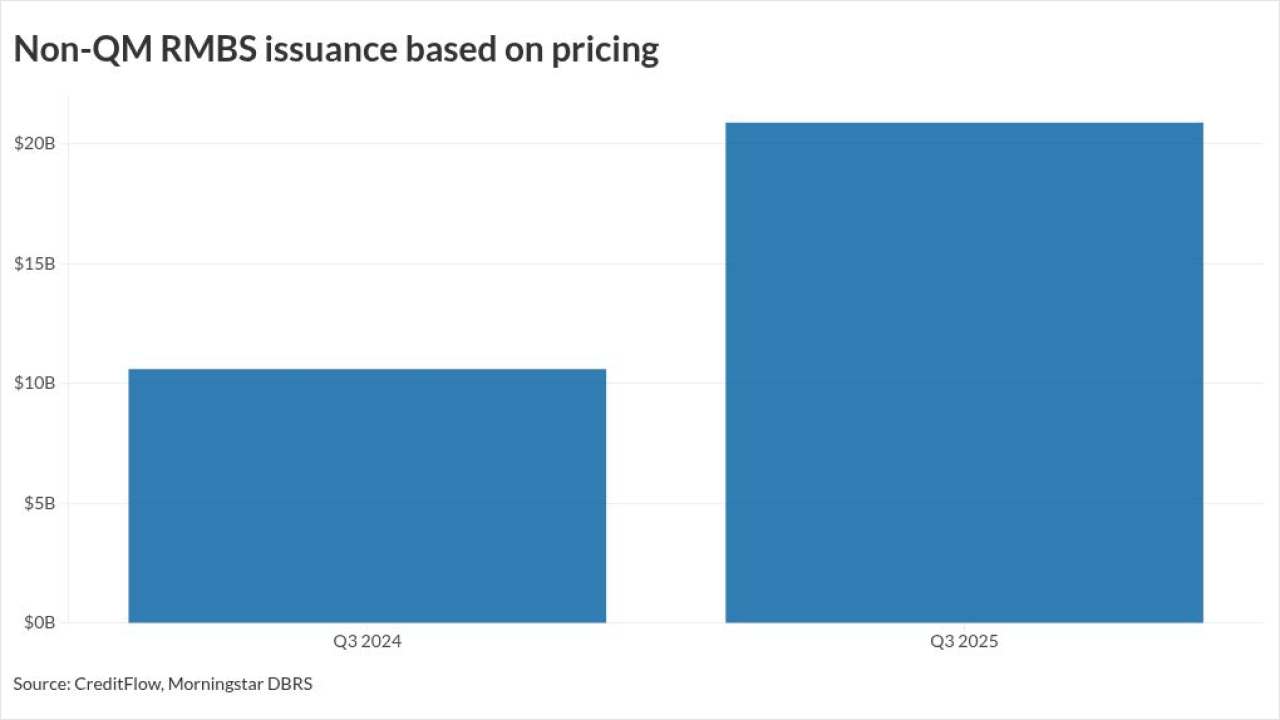WASHINGTON — Regulators continue to view leveraged loans as a danger spot in the banking sector, and while they stressed that risk management has improved in some respects, some defensive strategies have yet to be tested by an economic downturn.
“Credit risk associated with leveraged lending remains elevated,” regulators from the Federal Deposit Insurance Corp, Office of the Comptroller of the Currency and the Federal Reserve wrote in a statement. “Lenders have fewer protections, and risks have increased in leveraged loan terms through the current long period of economic expansion since the last recession.”
The findings,
Between 2018 and 2019, the dollar value of loans with the lowest supervisory ratings — more than 80% of which regulators classified as leveraged lending — rose almost 14%, from $295 billion to $335 billion. Growth in poorly rated loans outpaced overall shared credit, which grew less than 9% in 2019 to a total of $4.8 trillion.
“The volume of leveraged transactions exhibiting these layered risks has increased significantly over the past several years as strong investor demand has enabled borrowers to obtain less restrictive terms,” regulators wrote in the report. “Given the accumulated risks in these transactions, a material downturn in the economy could result in a significant increase in classified exposures and higher losses.”
The agencies are increasingly concerned about leveraged lending by nonbanks. According to the report, while nonbanks controlled 22% of the market in 2019, they held almost 65% of all loan commitments rated “below a regulatory pass.”
The report notes that banks hold 64% of leveraged lending dollars overall, and most of that credit is investment grade. Nonbanks, on the other hand, have a preference for riskier non-investment-grade loans.
“In response, most banks have adopted credit risk management practices to monitor and control this evolving risk,” the report said. “Some of these controls, however, have not been tested in an economic downturn.”
But for the institutions that regulators have authority over, they reiterated best practices. “All banks should ensure that portfolio management and stress-testing processes consider that recovery rates may differ from historical experience,” the report said. “Banks also should consider how potential risks from a downturn in the leveraged lending market may affect other customers and borrowers.”





